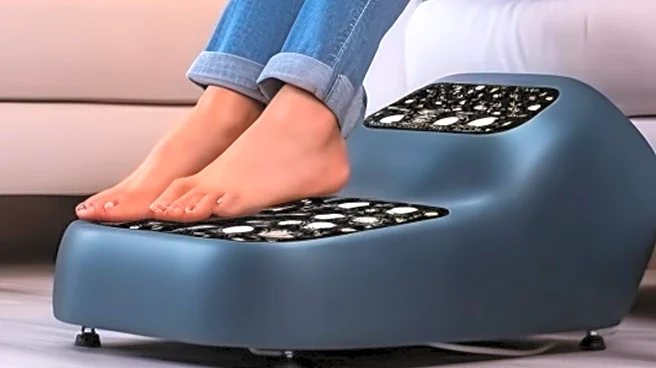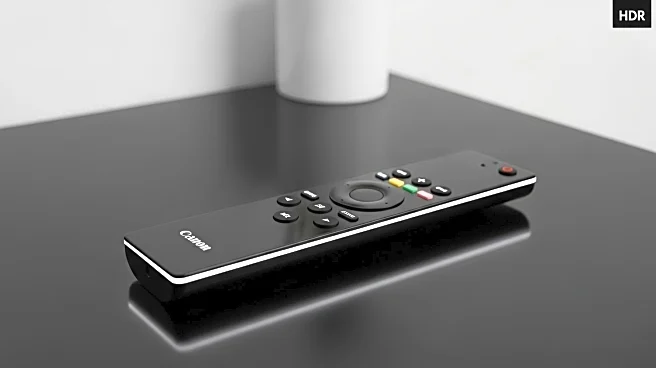What is the story about?
What's Happening?
An electric knee massager, featuring red light therapy, is currently available for under $40, providing an affordable option for individuals seeking relief from knee pain. The device combines heat, vibration, and red light therapy to alleviate soreness and stiffness, making it a popular choice among users. It is designed to be portable and rechargeable, allowing users to move freely while using it. The massager includes adjustable straps and a timer for convenience, and it has received positive reviews for its effectiveness in reducing joint pain and stiffness.
Why It's Important?
The availability of affordable pain relief tools like the electric knee massager is significant for individuals suffering from chronic pain conditions. It offers a non-invasive option that can be used daily to manage discomfort, potentially reducing the need for medication or more expensive treatments. This can be particularly beneficial for those on a budget or seeking alternative therapies. The positive reception of the product highlights a growing demand for accessible health technology solutions that can improve quality of life for many Americans.
What's Next?
As consumer interest in affordable health technology continues to grow, manufacturers may expand their offerings to include similar devices targeting other areas of the body. This could lead to increased competition in the market, driving innovation and potentially lowering prices further. Additionally, ongoing user feedback may influence future product enhancements, such as improved battery life or additional therapy settings, to better meet consumer needs.
Beyond the Headlines
The rise of affordable health technology tools like the electric knee massager reflects broader trends in healthcare, where individuals are increasingly seeking self-managed solutions. This shift may encourage more research into the efficacy of such devices, potentially influencing healthcare policy and insurance coverage for alternative therapies. It also raises questions about the accessibility of health technology for underserved populations, highlighting the need for equitable distribution of these innovations.
AI Generated Content
Do you find this article useful?













